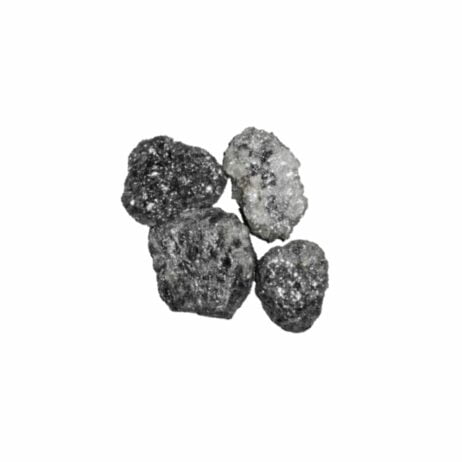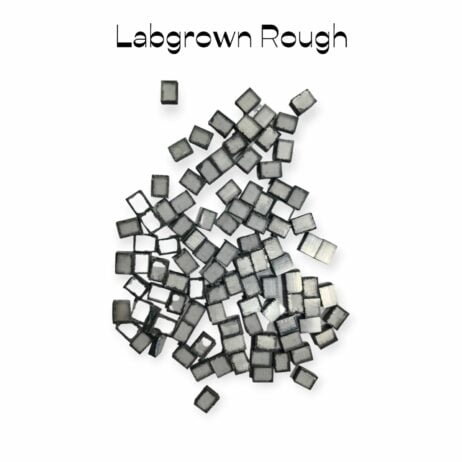Diamonds: A Brilliant Journey from Ancient Times to Modern Day
Introduction: Diamonds, with their dazzling beauty and timeless allure, have captivated humanity for millennia. From ancient legends to modern-day marvels, the history of diamonds is a tapestry woven with intrigue, discovery, and enduring fascination. Join us on an illuminating journey as we explore the captivating saga of diamonds from their ancient origins to their contemporary significance.

1. Ancient Origins
The story of diamonds begins in ancient India, where they were first mined along the banks of rivers like the Krishna and Godavari.
Diamonds have a history as old as civilization itself, with evidence of diamond mining dating back to ancient India around the 4th century BCE. In these early times, diamonds were revered not just for their beauty but also for their purported mystical and healing properties.
Initially valued for their hardness, they were used not only as adornments but also for cutting tools due to their remarkable durability. The ancient Indians called diamonds “vajra,” meaning thunderbolt, reflecting both their strength and spiritual significance.

2. Early Symbolism and Mysticism
In ancient civilizations like India, diamonds were not just prized for their beauty but also for their perceived mystical properties. They were believed to bestow power and protection upon their wearers.
During the height of the Roman Empire, diamonds became symbols of prestige and power, often worn by emperors and wealthy elites. Their rarity and beauty made them highly prized commodities, and their popularity spread across Europe and Asia.
Across ancient civilizations, from India to Egypt, diamonds held significant cultural and religious symbolism. They adorned the crowns of kings and queens, symbolizing power, courage, and invincibility. The ancient Greeks believed that diamonds were tears of the gods, while in Rome, they symbolized eternal love and strength.

3. Medieval Marvels
During the Middle Ages, diamonds continued to captivate hearts and minds, becoming symbols of wealth, status, and prestige among European aristocracy. They adorned crowns, scepters, and regal jewelry, reflecting the power of monarchs.

4. Renaissance Revelations
Exploration in the 15th and 16th centuries led to the discovery of diamond mines in Brazil, shifting the global diamond trade landscape
The Renaissance era sparked a renewed interest in art, science, and exploration, leading to the discovery of diamond mines in Brazil and India. Diamonds from these new sources flooded European markets, fueling the rise of diamond cutting and polishing trade centers.
Throughout history, diamonds have inspired artists, poets, and writers, appearing in famous works like Shakespeare’s “Romeo and Juliet” and Leonardo da Vinci’s paintings.
5. Diamonds in the Age of Enlightenment
As Europe entered the Age of Enlightenment, diamonds became symbols of enlightenment, reason, and progress. They adorned the jewelry of intellectuals, scientists, and philosophers, reflecting the values of the era.
6. Industrial Revolution Impact
The Industrial Revolution revolutionized diamond mining and processing, democratizing access to these precious gems.
The art of diamond cutting advanced significantly in the 17th century with the development of more sophisticated techniques, enhancing the gem’s brilliance and fire. Innovations such as the brilliant cut by Venetian cutter Vincent Peruzzi in the 18th century further transformed diamond aesthetics, setting standards for modern diamond cutting.
South Africa’s diamond discoveries in the late 19th century reshaped the global diamond trade landscape.
7. Diamonds as Symbols of Love
In the 20th century, diamonds became synonymous with love and commitment, propelled by De Beers’ iconic marketing campaigns.
Diamond engagement rings emerged as cultural staples, epitomizing eternal love and devotion.
8. Challenges and Controversies
Despite their beauty and allure, diamonds have faced challenges and controversies throughout history. Issues such as conflict diamonds, also known as blood diamonds, have highlighted the dark side of the diamond industry and spurred efforts to promote ethical sourcing and transparency and human rights abuses.
9. The Kimberley Process
In response to the issue of conflict diamonds, the international community established the Kimberley Process Certification Scheme in 2003 to prevent the trade of conflict diamonds.
10. The Rise of Lab-Grown Diamonds
With advancements in technology, lab-grown diamonds have become increasingly popular as ethical and sustainable alternatives to mined diamonds.

11. Diamonds in Modern Culture
Diamonds continue to captivate popular culture, appearing in films, music, and fashion as symbols of luxury, glamour, and success.
They adorn red carpets, grace magazine covers, and inspire fashion trends, showcasing their enduring appeal.
12. Royal Legacy
The British monarchy’s collection of diamonds, including the Koh-i-Noor and the Cullinan diamonds, reflects the enduring fascination with these precious gemstones.
13. Diamonds in Science
Beyond their aesthetic appeal, diamonds have unique physical properties that make them valuable in various scientific fields, such as quantum computing and medical imaging.
14. The World’s Largest Diamonds
From the Cullinan to the Lesotho Promise, several remarkable diamonds hold records for their size and purity, adding to their mystique
15. Diamonds in Technology
Diamonds are not only for adornment but also play crucial roles in various technological applications, including cutting tools, electronics, and industrial machinery
16. Diamonds in Fashion
Designers and jewelers continue to push the boundaries of creativity with diamond jewelry, creating iconic pieces that define eras and trends.
17. Sustainability in Diamond Mining
As awareness of environmental and social issues grows, the diamond industry is increasingly focused on sustainable mining practices and ethical sourcing.
18. The Future of Diamonds
As technology and consumer preferences evolve, the diamond industry continues to adapt and innovate.
From customizable jewelry to blockchain-based tracking systems, the future promises new possibilities for diamonds in a changing world.
19. Timeless Beauty
Despite changing trends and advancements, the timeless allure of diamonds remains undiminished. From ancient rituals to modern-day celebrations, diamonds continue to symbolize love, beauty, and eternity, enchanting generations with their unparalleled brilliance and beauty.
Conclusion
From their ancient origins as symbols of strength and power to their modern-day association with love and luxury, diamonds have captured the human imagination for centuries. Their journey through history reflects not only changes in fashion and technology but also broader shifts in society’s values and aspirations. As we look to the future, the story of diamonds continues to evolve, shaped by both tradition and innovation in an ever-changing world.
